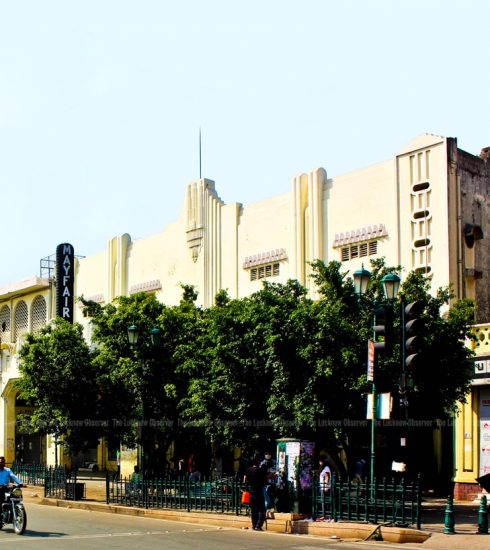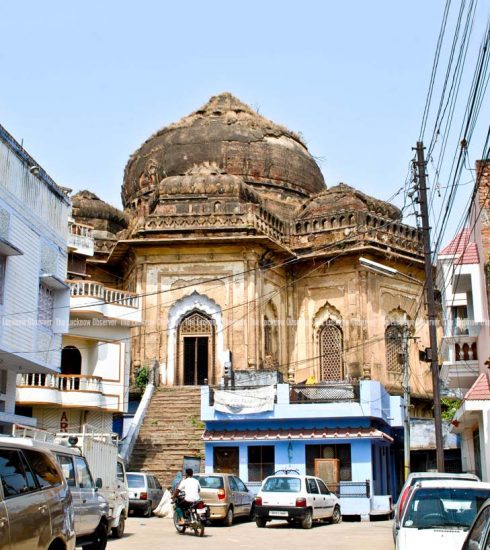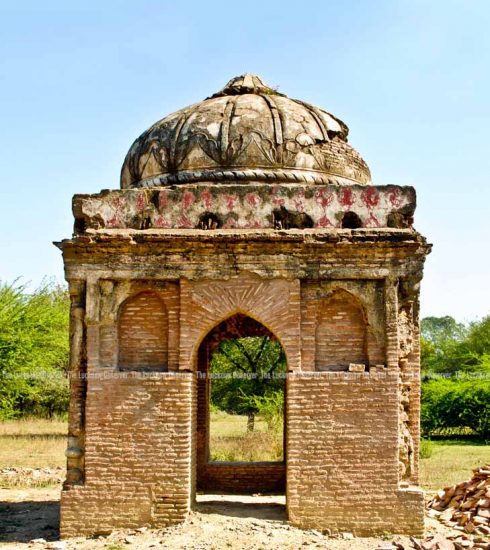Monuments of Allahabad
Romance With History On Ganga’s Banks
“I am here tracing the History of the Earth itself, from its own Monuments.” – Jean-AndrÈ de Luc
As the sands of time pass by, there are very few things that remain intact. The monuments of a particular city are those chapters of history that tell us stories from far and wide. The city of Allahabad has tales buried in its monuments, which are known by few.
A walk through history is always an intriguing one, talking about the city of confluence, popularly called Prayag or Allahabad, the tales that revolve around monuments are not one but many. The history of the city is as alluring as its landscape; the monuments of Allahabad have been overlooked and neglected for a long span of time. Though some responsible denizens of the city have formed groups in order to help and promote restoration work, conservation and spread awareness amongst the locales. Yet a lot of work still needs to be done.
Well, writing about monuments of a particular city is always a tricky challenge, as most readers find reading history in black and white quite a boring task! But writing is an art and the magic of words can compel the reader to read subjects, which might not be fascinating at the first look.
The list of monuments that are located inside the periphery of the city is quite long. But we shall begin with the popular ones and commence an undying romance with them.
The Allahabad Fort
The Allahabad Fort is the largest fort built by Akbar. Towering fortified walls surround the fort and the best way to enjoy the beauty of the fort is to take a boat ride across the Ganges and Yamuna. The outer wall of the fort seems like rising from the riverbed of Yamuna, it is also quite close to the site of confluence ñ Sangam. The fort is a fine example of exquisite craftsmanship of artisans living during medieval India. In 1798, the East India Company captured the fort. Inside the premises of the fort, two more tourist attractions are located ñ a colossal structure made out of polished sandstone called the Ashoka Pillar, which is approximately 10.6 meters high. The Akshaya Vat is a highly revered fig tree located within the Patalpuri Temple at the Allahabad Fort.
Anand Bhawan
Walking through the corridors of Anand Bhawan, one would be compelled to revisit those pages of history of our motherland, which have been long forgotten. Indian political leader Motilal Nehru constructed it in the 1930s to serve as the residence of the Nehru family when the original mansion Swaraj Bhawan (previously called Anand Bhavan) was transformed into the local headquarters of the Indian National Congress. The house of the Nehru-Gandhi family, houses in its structure memories of the pre Independence era, when India was a caged golden bird yearning to fly high once again.

Anand Bhawan
All Saints Cathedral
Also known by the name of Patthar Girja (church of stones), it is located in the heart of the town. This structure is one of the strongest reflections of the Anglo-Indian culture and colonial past, the city has witnessed. Each year during Christmas, the church comes alive and is adorned with colorful lights. People irrespective of caste, creed, and culture visit the church to admire and appreciate its splendid beauty.

All Saints Cathedral
Khusrau Bagh
Once a popular picnic spot with blossoming gardens, now an ignored part of the city -the Khusrau Bagh comprises the mausoleums of Prince Khusrau Mirza, the eldest son of Mughal Emperor Jahangir, his mother Shah Begum and his sister Nithar Begum. A beautiful blend of Mughal and Rajput architecture can be seen during a visit to the mughal garden. Khusrau Bagh is rightly called ëthe jewel of Allahabadí.
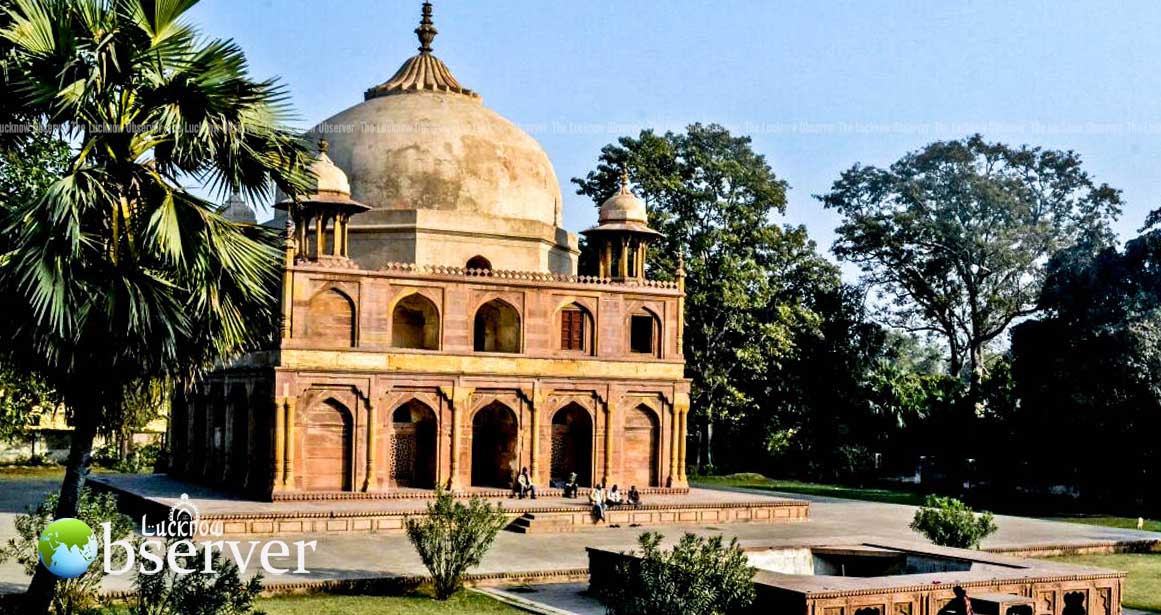
Khusrau Bagh
Thornhill Mayne Memorial Library
The gothic style of architecture is beautifully reflected in the structure of the Thornhill Mayne Memorial Library, popularly known as the Public Library. R.R. Bayne, who also designed the Mayo Memorial Hall, designed it. According to historical facts, the building was built to commemorate the friendship of Lord Thornhill, the Commissioner of Allahabad and Mr. Mayne, the Collector. The monument has also served as the house of legislative assembly during the British regime when Allahabad was the capital of United Provinces.
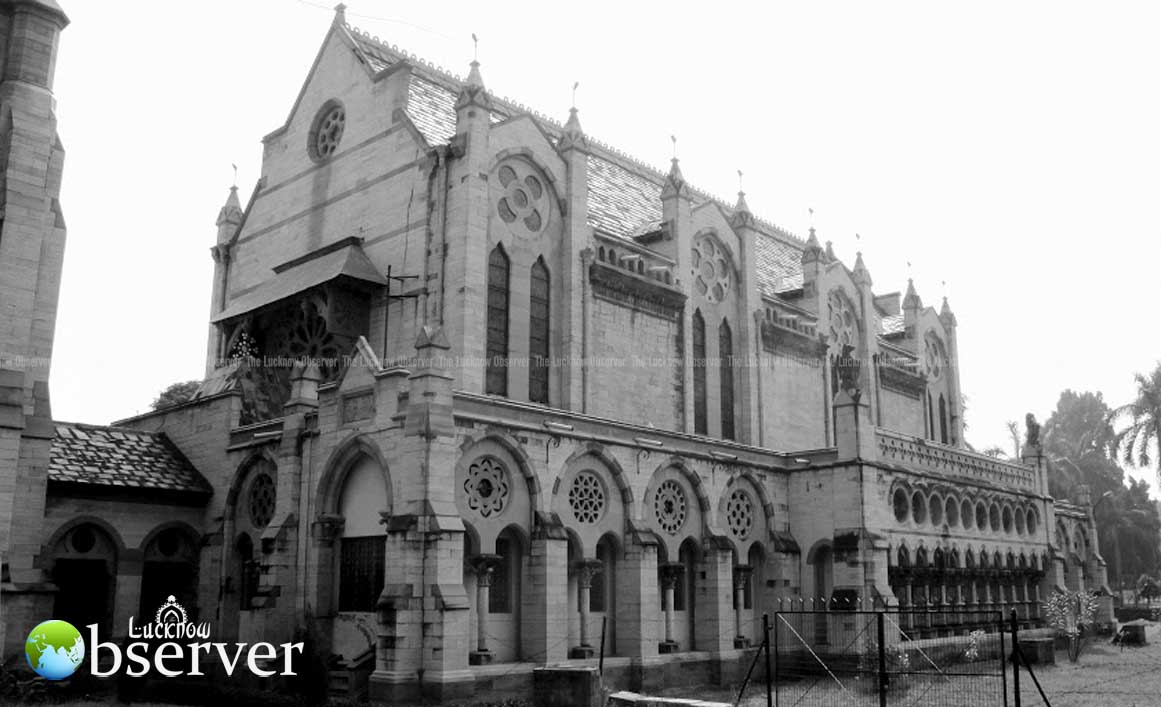
Thornhill Mayne Memorial Library
Allahabad High Court
As people drive across the grand building of the High Court of Judicature, they are often reminded of the scales of justice. The building of the High Court truly amplifies the grandeur of God’s own city – Allahabad. The corridors, the building, the thick green cover, the High Court is a classic example of Georgian architecture. Also it is said to be among the oldest established courts of the country.
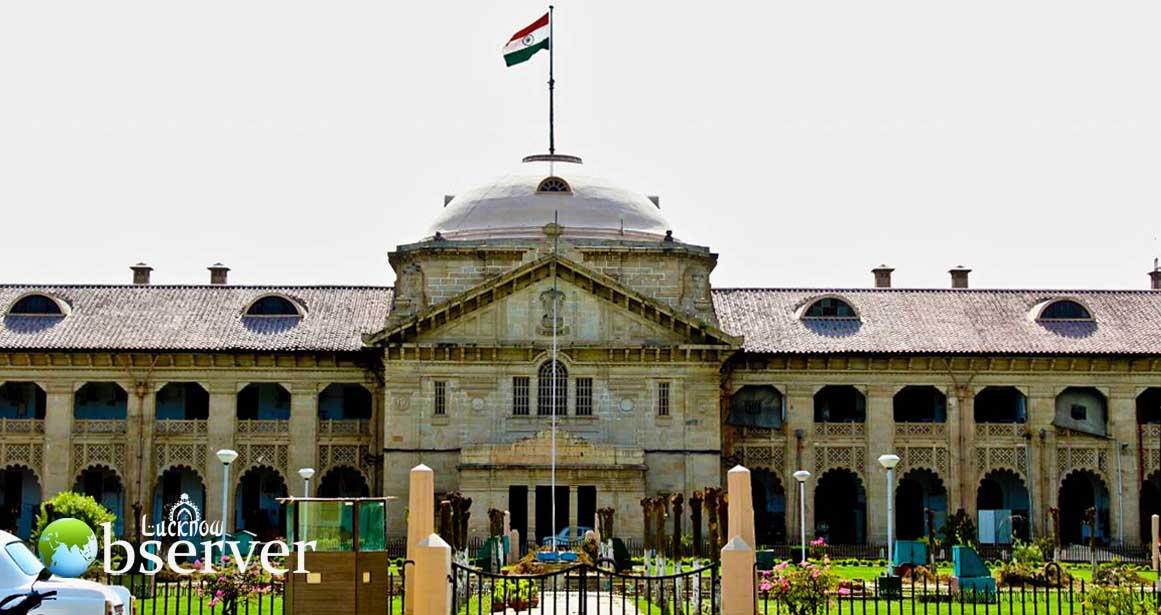
Allahabad High Court
University of Allahabad
Counted amongst the oldest universities of the country, till date the grandeur of its building has not faded away. A few part of the university have already been listed amongst the heritage sites, restoration work has to begin soon. The English Department, the Senate Hall and the Vijayanagram Hall are three beautiful buildings, which accentuate the overall aura of the university in leaps and bounds. Also the university is known to house some of the oldest and rare trees insides its premises.
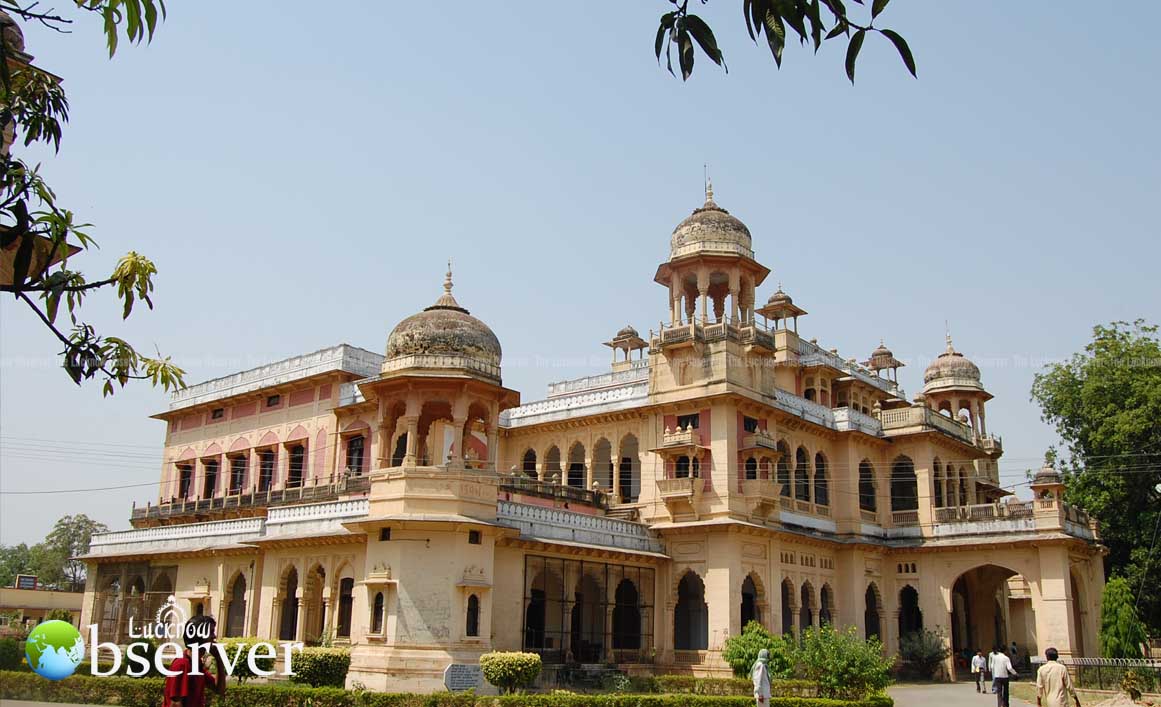
University of Allahabad
Nag Vasuki Temple
Located on the banks of River Ganges, the Nag Vasuki temple is amongst the highly revered temples of Hindus. According to the Purans the temple is supposed to be the abode of Nagas. Each year thousands of Hindus visit the temple and pray, this medieval temple has a lot of religious significance. The life size idol of reclined Bhishma Pitamah lies next to the temple. An annual fair is also held at the temple on the occasion of Basant Panchnami.
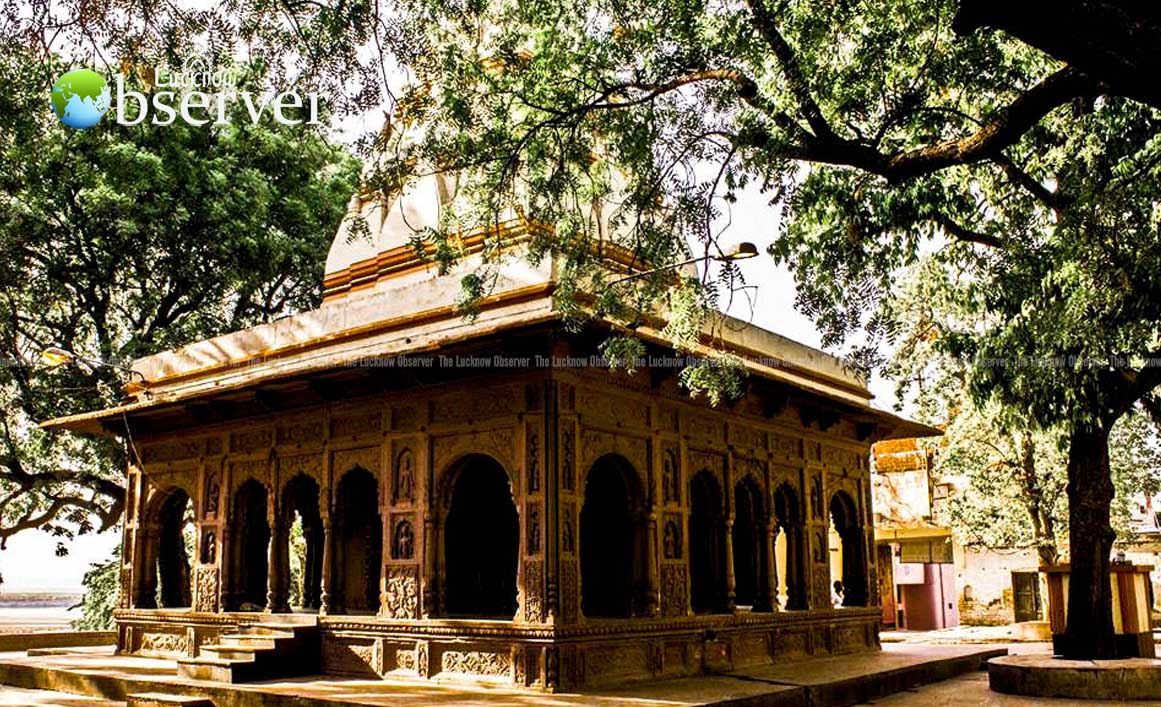
Nag Vasuki Temple
Allahabad Bible Seminary
Established almost 72 years back, the architecture of the Allahabad Bible Seminary is definitely awe-inspiring. The main aim of this establishment was to train native pastors, evangelists and church planters. Currently, the Seminary has students from Pan India, i.e., 26 states of the Indian Union representing major denominational churches, para-church organizations and institutions. Thus the building of the Allahabad Bible Seminary houses a cross-cultural, multi-lingual atmosphere.
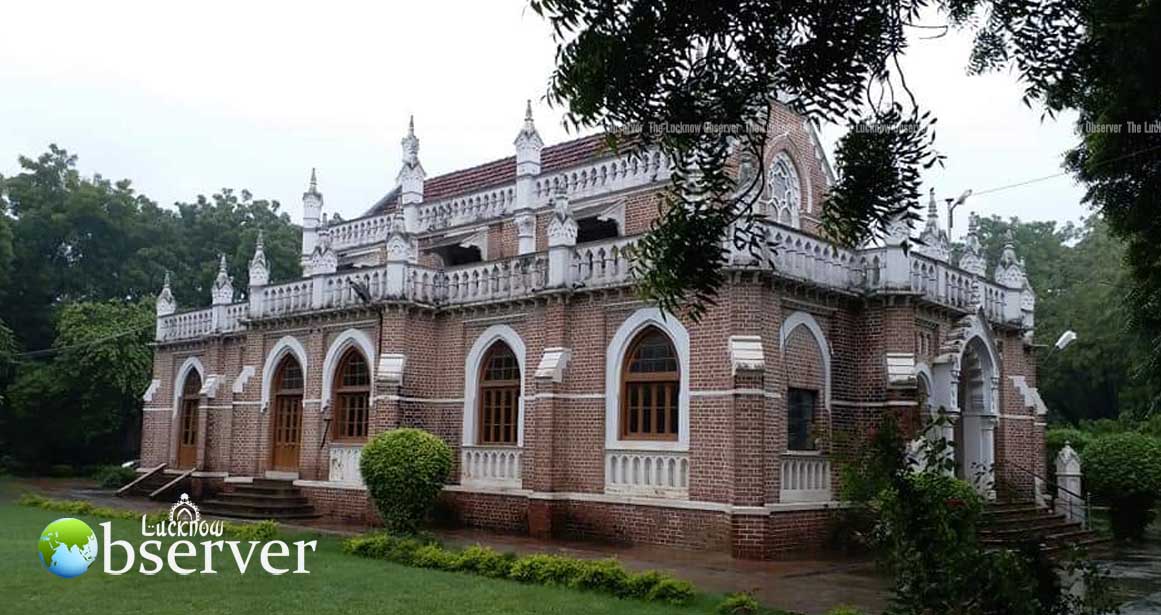
Allahabad Bible Seminary
Mayo Hall
Built in the year 1879, the Mayo Memorial Hall is a fine example of India neo-gothic architectural style. The hall was built in the memory of Viceroy Mayo and was used for organizing public meetings, conferences, balls and receptions. Professor Gamble, of the South Kensington Museum, London, has aesthetically decorated the interiors of the memorial hall with designs.
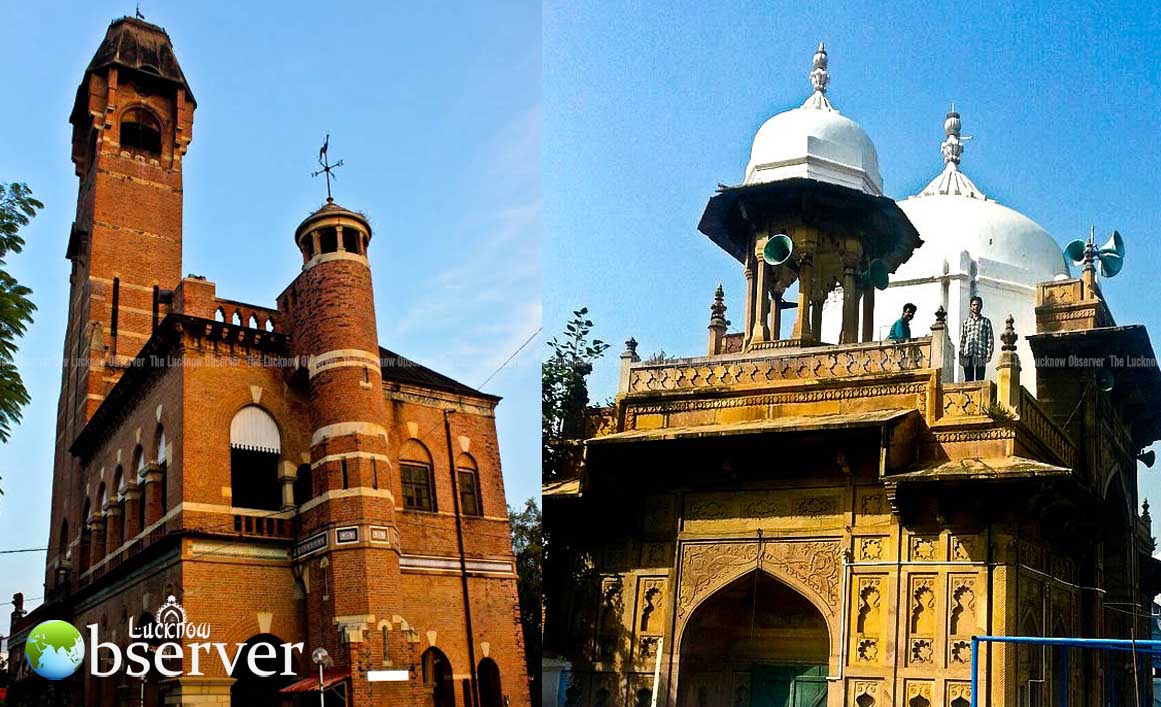
Mayo Hall and Shahi Mosque
Shahi Mosque
The Shahi Mosque is another outstanding example of Mughal Architecture. It was Sufi saint Muhibbulah Allahabadi’s efforts that this mosque was constructed on the orders of Prince Dara Shikoh, the son of Emperor Shah Jahan in the year 1648. Dara Shikoh was an ardent follower of Muhibbullah ?Allahabadi.
Time and again it has been seen that monuments across the world have endured the sands of times and have also been witness to winds of change. Therefore, in order to study the culture and history of a city and also to enjoy the surroundings in an utmost manner, visiting the monuments are a must.
“Monuments and archaeological pieces serve as testimonies of man’s greatness and establish a dialogue between civilizations showing the extent to which human beings are linked.” – Vicente Fox
Sehar Siddiqui
Writer is from Allahabad and has been involved in writing for newspapers and magazines.
(Published in The Lucknow Observer, Volume 2 Issue 16, Dated 05 July 2015)







